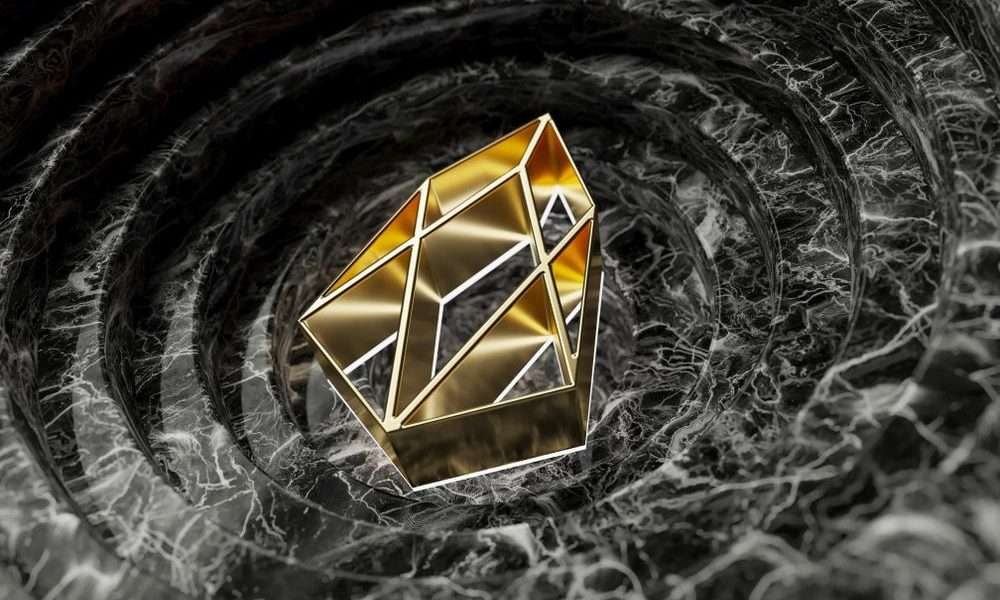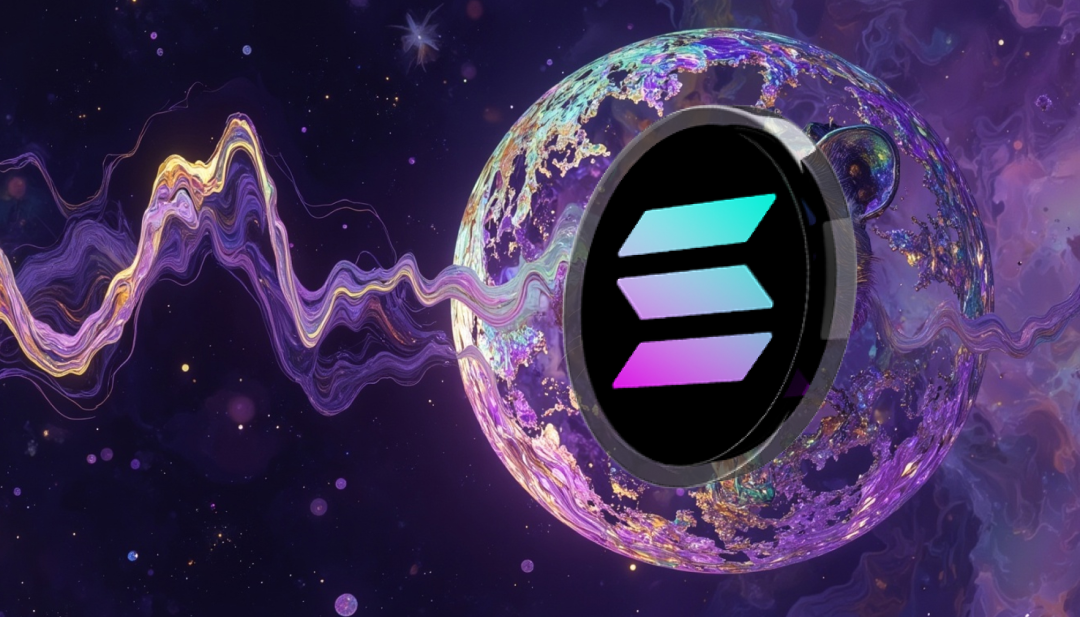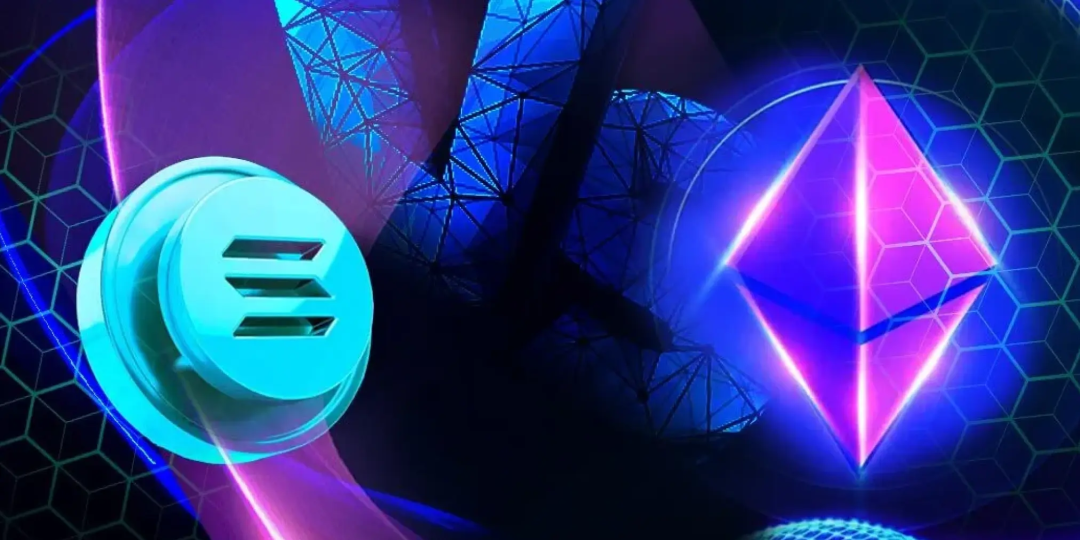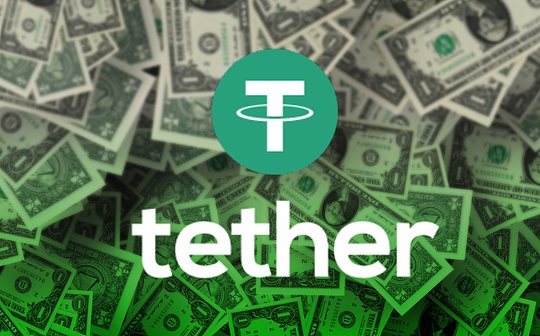Ethereum and Solana, who is the next EOS?

Reprinted from panewslab
02/08/2025·3days agoAuthor | Mu Mu
Produced by|Plain language blockchain
The crypto community has always had many branches of different projects, from the earliest Bitcoin hard forks, LTC, Doge and other "counterfeits". Later, well-known factions such as Ethereum, EOS, and Solana were born one after another. They represent the similarities and similarities in concepts and directions. , the cooperation between each other's ecology is more about the attacks between communities due to different opinions.
Since Solana performed well in this round, while Ethereum's performance was relatively unsatisfactory, people in the Solana community said that ETH was like EOS in that year, while people in the Ethereum community fought back and said that SOL was EOS. When a project is considered like EOS, it means it is considered to face unpromising prospects, or enters a "bottomless abyss". So, which one is more like EOS, ETH or SOL? Today we will look at it from multiple angles...

01. Technical route and design concept
As the underlying public chain, Ethereum, Solana and EOS at that time, the most important goal of their technical solutions is to break the "impossible triangle" of blockchain and become a safe, reliable, high-performance, and highly scalable infrastructure.
In terms of capacity expansion solutions, Ethereum chose to go from POW consensus mechanism to special POS consensus mechanism and plans to improve network through sharding in the future. It will be temporarily transformed into a capacity expansion solution centered on Rollup Layer2's hierarchical structure for capacity expansion. Some progress has been made at present.
Compared with Ethereum, Solana has used "Proof of History" more radically to achieve faster transaction confirmation, which achieves high performance under this consensus mechanism and can handle a large number of transactions. Similarly, EOS was also the main focus of high-performance blockchain at that time, and achieved extremely high throughput through the DPoS (Delegated Proof of Stake) consensus mechanism.
On the technical route, Solana and EOS are more similar. They both expose some node concentration by radically pursuing extreme performance while sacrificing part of decentralization. However, the difference is that although Solana has experienced several unstable downturns After experience, the machine is being gradually optimized and upgraded. Ethereum's solution is considered more conservative, and in order not to sacrifice decentralization, it has chosen a difficult and complex path.

02. Sustainability
"The road is a long way to know the power, and people's hearts will be seen over time." In the ever-changing field of encryption, "surviving" may be the most valuable feature of a project. Many times, innovation also means taking an unusual path and facing more risks and challenges.
Historically, Ethereum has withstood the challenges and tests of "time", second only to the crypto asset leader "Bitcoin". At present, Ethereum still maintains the largest development community and active ecosystem, and has real application The moat of concepts such as DeFi, and the continuous innovation and ecological construction have made it firmly positioned as the "second" of crypto assets.
EOS seems to have not withstood the test of time. EOS and its ecosystem have been in a glorious for a while, but then some sustainability shortcomings were exposed and eventually became in a slump. It is still unknown whether it can be "killed back" in the future.
Solana, which has a shorter history than EOS, has also experienced the harsh impact of the collapse of major supporters SBF and FTX, as well as frequent downtimes and attacks, which is also a long-term struggle, but also exposed some stability and security issues. , sustainability is facing a test.
Perhaps based on the relatively "failure" experience of EOS, the Ethereum and Solana communities will carefully consider the issue of sustainability.

03. Community support and organizational support
The development of crypto projects is always inseparable from the continuous support of the community, and of course there is also the shadow of institutional capital behind it. Ecological prosperity cannot be separated from communities, and the capital brought by institutions accelerates its progress.
EOS actually had a broad community consensus in the early stages of its launch, and it also received a lot of capital and institutional support. Its development company Block.one also invested a lot of money and manpower. However, due to the pressure brought by US SEC regulation, Block.one, as a project party, cannot directly participate in the launch of the main network and the operation of the project. After the lawsuit with the US SEC, he even chose to lie down with the huge wealth in his hand. , which is equivalent to throwing the project to the community.
Due to the influence of governance models and centralization issues, the community consensus of EOS has gradually weakened, and the confidence of supernodes and developers has gradually lost. Finally, this is the result we see.
Compared with EOS, Solana has received relatively more support from Wall Street elites and capital. The good trend seems to have gathered a strong community consensus in the short term. The leadership of its project team is also extremely active in the community, and Trump has taken office. After the loose state of US cryptocurrency regulation, the Solana team will not have similar pressure. On the contrary, due to the popularity of concepts such as Meme and the "identity" of Made in USA, it has received continuous capital support.
Ethereum doesn’t need to say much about community and institutional support. As the second largest crypto assets and the only second US spot ETF, its ecological maturity and liquidity are significantly leading. Coupled with the sustainability advantages of the project, it has long-term The attractive material only increases and does not decrease.
04. Summary
Although we have analyzed the similarities and differences between Ethereum, Solana and EOS from multiple important angles, on the surface, Solana is more like radical EOS, while Ethereum is more stable, but "time", "good place", and "people are harmonious." ”, the conditions of the three are different, and perhaps no one is like each other, and each will face different tests and challenges and their own unique paths.
Everything will be proven to be true. Under more friendly regulatory conditions, crypto projects such as Ethereum and Solana may have a bright future.


 jinse
jinse